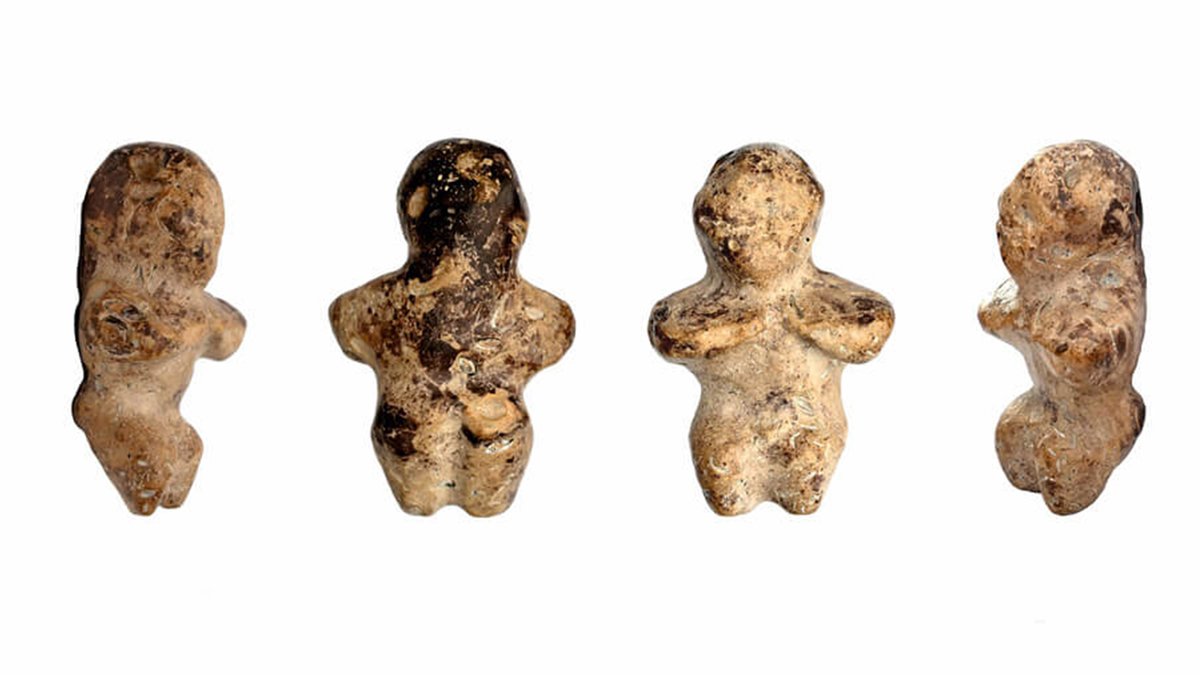A figure found by a Polish farmer near the Baltic coastal city of Kołobrzeg has been confirmed as a 6,000-year-old figurine depicting a woman.
The 12-centimetre-high beige limestone piece is being called the "Venus of Kołobrzeg" because of its similarity to other historical Venus figures found in Europe, which are thought to be fertility symbols due to their exaggerated breasts. Historians have suggested they could have been used in rituals or ceremonies aimed at celebrating fertility and ensuring the survival and prosperity of the local community.
“I can safely say that this is the find of the century,” Aleksander Ostasz, director of the artefact’s destination, the Polish Arms Museum in Kołobrzeg, told National Geographic. “What was discovered … is truly something phenomenal, extraordinary. It absolutely pushes the boundaries of our history of Kołobrzeg.”
The figure was found in December 2022 by a farmer in a village near the Parsęta river, close to Kołobrzeg.
“Sometimes, spectacular discoveries are made by accident. We needed a lot of time to confirm the authenticity of the figurine and the place of its discovery,” said Marcin Krzepkowski, an archaeologist from the Relicta Foundation who participated in the research on the figurine.
“Together with other researchers, we determined that it is an object made with a human hand and is most likely a symbol of Venus, a goddess of fertility,” said Jan Orliński, president of the Parsęta Exploration and Search Group, a local group of amateur historians and archaeologists, though the museum also said that the forming of the figure’s legs likely came from hitting the limestone with a hard tool.
The group handed the figurine over to the Polish national Conservator of Monuments, who analysed the unusual artefact with specialists from across the country. They came to the conclusion that the figure is around 6,000 years old, from the Neolithic period and could be the work of the first farmers who settled the region of Western Pomerania.
The Polish Arms Museum is at present adapting its permanent exhibit on the history of Kołobrzeg, where the Venus will become one of the oldest artefacts on display, to include pre-history.
The Venus “is a unique find from Poland, where we have not yet found any analogues,” according to the museum, who say no related artefacts have been found north of the Carpathians.
The oldest known similar figurine is the Venus of Hohle Fels. Discovered in southern Germany in 2008, it is said to be around 40,000 years old and is housed in Blaubeuren Prehistoric Museum. While perhaps the best known is the ornate Venus of Willendorf, itself around 30,000 years old, which was found in Lower Austria in 1908 and is displayed at the Natural History Museum Vienna.




